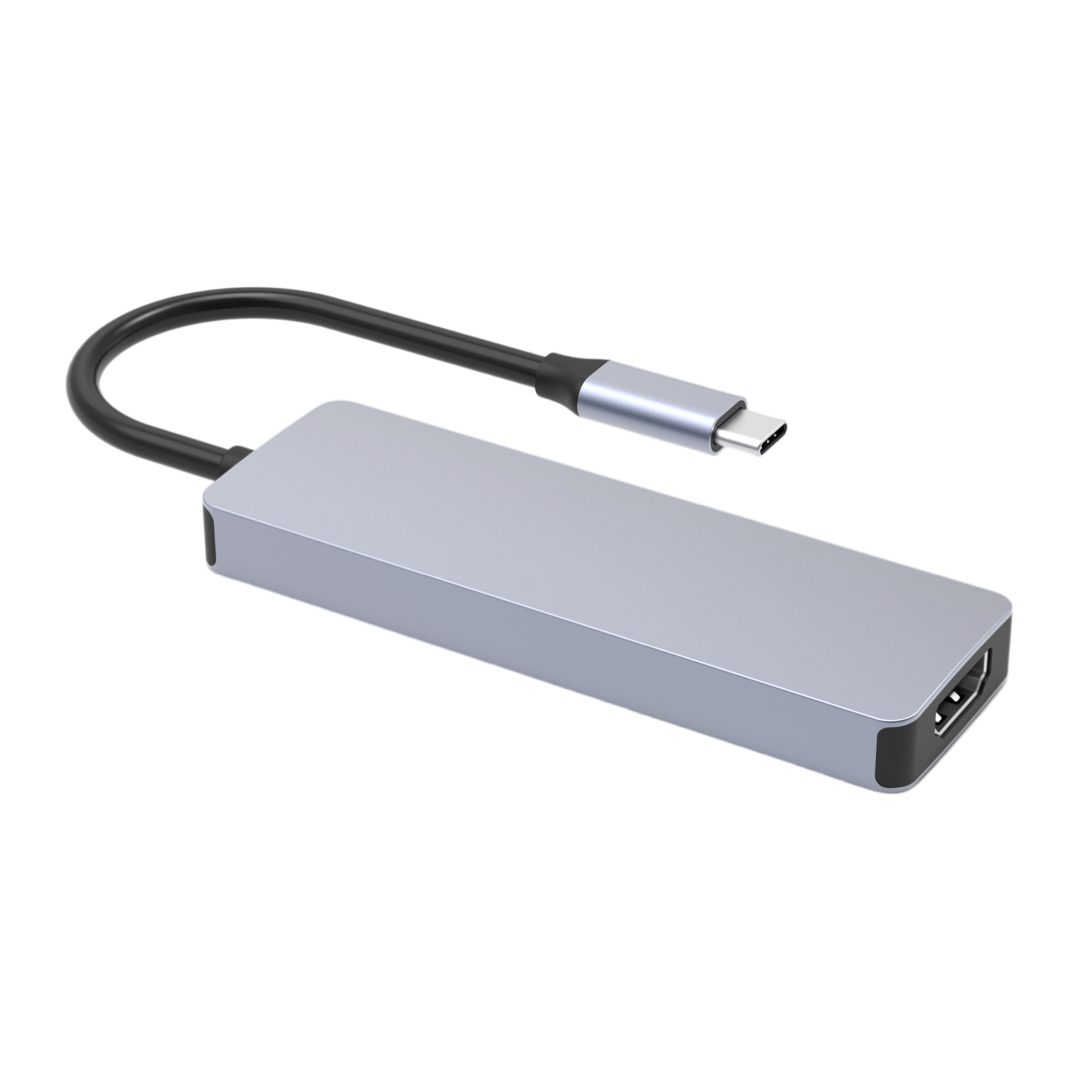Understanding USB Hubs: An Essential Accessory

A USB hub is an indispensable accessory for connecting multiple devices to your computer or laptop. It acts as an interface between the computer and various peripherals, such as keyboards, mice, printers, and flash drives. However, like any electronic device, USB hubs can encounter faults and issues over time. In this article, we will delve into the most common USB hub problems and provide repair methods to restore their functionality.
1. Overheating and Power Issues
One prevalent fault with USB hubs is overheating, which often leads to power-related problems. When the hub gets heated, it may cause a weak power supply, resulting in intermittent device disconnection or failure to recognize connected devices. To resolve this issue, proper ventilation is crucial. Ensure that the hub is placed in a well-ventilated area, away from heat sources. Additionally, consider using a hub with an external power supply to provide consistent power to connected devices.
2. Insufficient Bandwidth and Data Transfer Problems
USB hubs share the bandwidth among connected devices, and this can lead to insufficient bandwidth for data transfer. If you notice slow transfer speeds, device lag, or failure to connect devices simultaneously, it may be due to bandwidth limitations. To address this, consider using a USB hub with a higher bandwidth option or connect bandwidth-intensive devices directly to the computer's USB ports. You can also try disconnecting unnecessary devices to free up bandwidth for the ones you need to use.
3. USB Port Damage and Connectivity Issues
Physical damage to USB ports can cause connectivity problems. Bent pins, dirt, or debris inside the ports can lead to difficulties in establishing a stable connection with devices. Carefully inspect the USB ports for any visible damage and clean them using compressed air or a soft brush. If the USB ports are severely damaged or loose, replacing the USB hub may be necessary. Additionally, ensure that you are using high-quality USB cables that are not damaged or worn out.
Overall, it is essential to maintain and troubleshoot USB hubs regularly to prevent common faults and ensure their optimal performance. By following the mentioned repair methods and taking necessary precautions, you can extend the lifespan of your USB hub and maintain seamless connectivity with your devices.
Conclusion
In this article, we discussed the common faults encountered with USB hubs and provided repair methods to overcome them. Understanding the causes behind overheating and power issues, insufficient bandwidth, and connectivity problems allows users to troubleshoot and rectify these faults effectively. By taking appropriate measures, such as ensuring proper ventilation, using high-quality cables, and cleaning USB ports, you can prolong the lifespan of your USB hub and have a smooth user experience with your devices.



